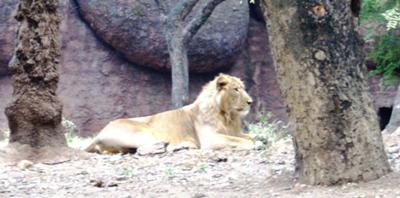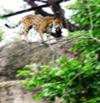Wild Cats Four Decades Earlier
by Poochu
(India)

Caged in the Zoo.
I was born in a remote village of South India as my Mother hailed from there and as per the custom the expectant mother visited her parents for the child's delivery, while my Father was gainfully employed in a cosmopolitan city in Eastern India.
This village was not electrified then and had to depend on kerosene lamps or oil lamps, with an environment suitable for the Black Panthers and similar wild cats.
Anecdotes relating to the entry of wild cats into our ancestral (maternal) home were often a subject of interest, when we happened to visit later on or listen from my Mother.
These wild cats were often considered "man-eaters" and killed with the help of Gun wielding christian missionaries present in the near by villages.
Now whenever I get a chance to visit there, its depressing, its not what it was like in my childhood ('cause of the modernisation)
Spotting a few snakes and the elusive Cobra apart from the gang of destructive Monkeys, there are no Black Panthers.
I did notice the legend of the black panthers being kept alive, whenever naughty kids refuse to sleep on time.
How many more years to go before Snakes and monkeys follow the fate of the legendary Black Panther?
Poochu





